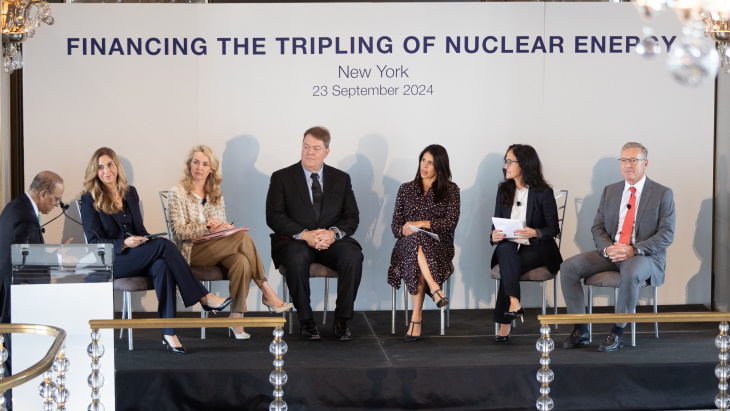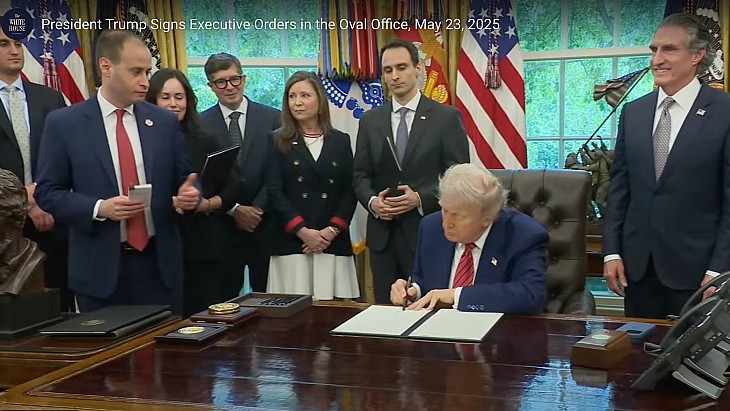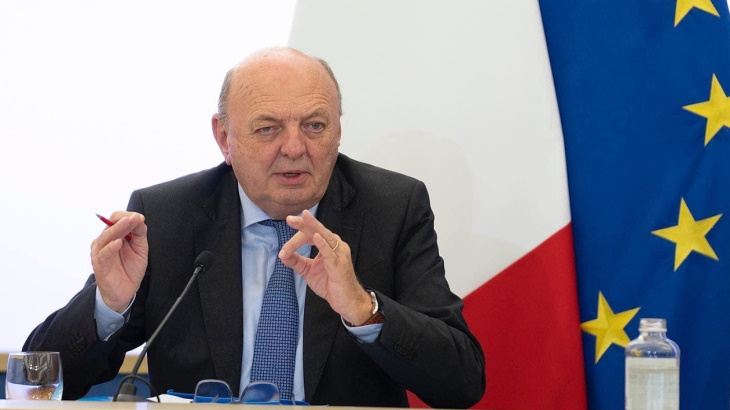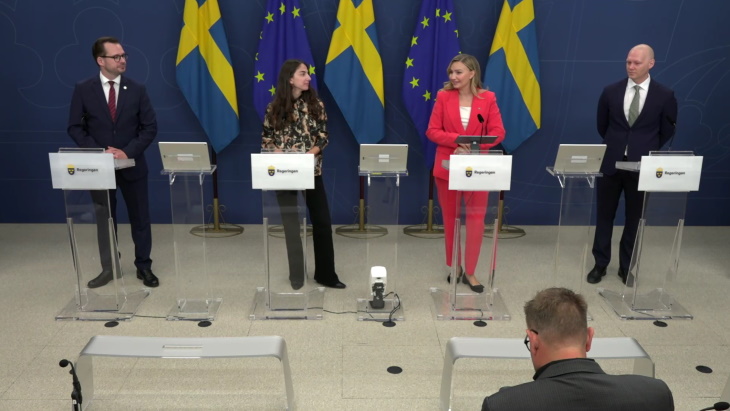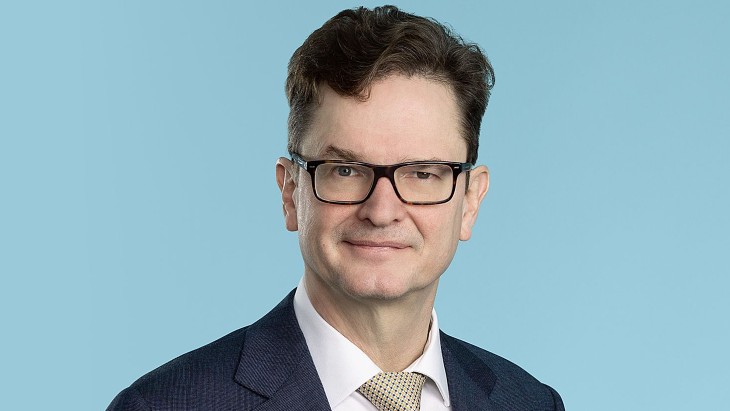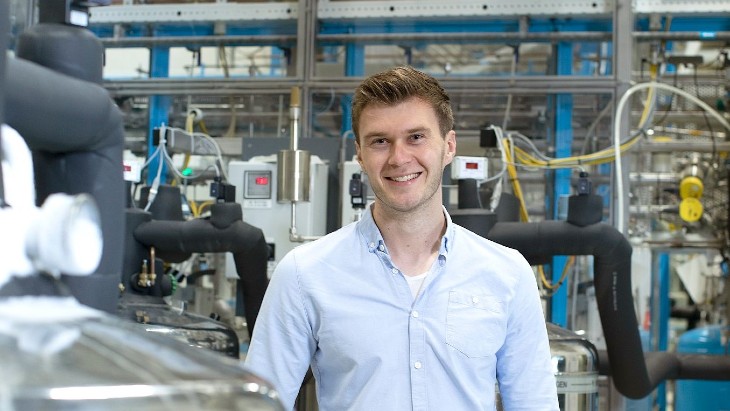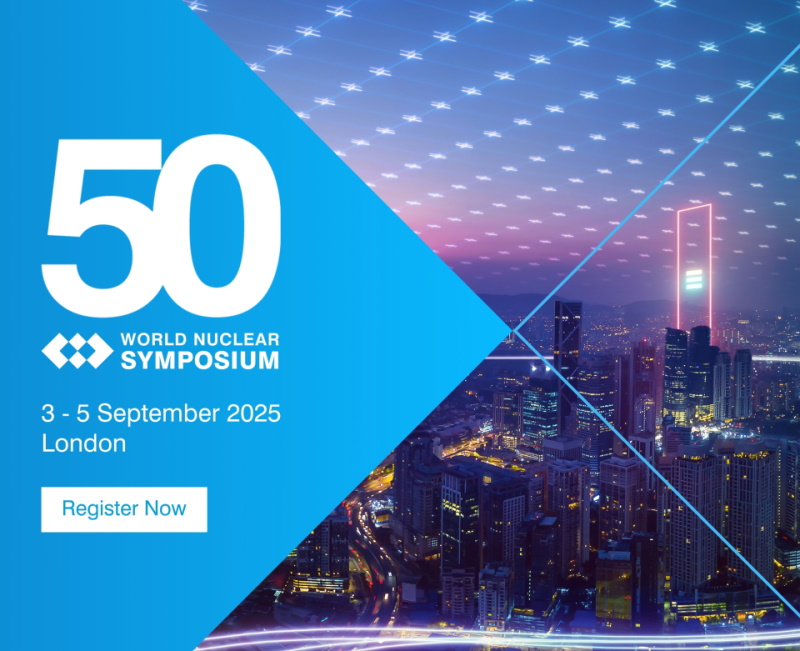Pathway agreed to reach Iran resolution
A framework agreement has been reached between Iran and the P5+1 group of six world powers in restricting Iran's nuclear program to peaceful uses only. The agreement was brokered after extended talks in Lausanne, Switzerland.
The P5+1 is a group of six world powers which in 2006 joined diplomatic efforts with Iran with regard to its nuclear program. The term refers to the five permanent members of the UN Security Council, namely the USA, Russia, China, the UK and France, plus Germany.
The agreement between Iran and the P5+1 group was reached on 2 April, taking forward the November 2013 interim Joint Plan of Action and forming the foundation upon which the final text of the Joint Comprehensive Plan of Action (JCPoA) can be written by the end of June.
The agreement reflects the significant progress made in discussions between the P5+1, the European Union, and Iran, and it recognizes some legitimacy to Iran's enrichment program. Important implementation details remain subject to negotiation, and the agreement is described as 'fragile' pending finalisation.
"The key parameters established today lay the groundwork for achieving the P5+1's objective of blocking Iran's four pathways to nuclear weapons."
Ernest Moniz
US energy secretary
It plausibly extends Iran's "breakout capability" - the point at which it has produced a sufficient quantity of highly enriched uranium to fuel a weapon - from the currently estimated 2-3 months to at least a year, and does so for a decade or more. Beyond that, Iran will be bound by its long-term enrichment and R&D plan presented to the P5+1 group.
It was agreed that Iran would reduce its installed enrichment centrifuges from about 19,000 to 6104, only 5060 of which will be in use for ten years, enriching uranium to no more than 3.76% U-235. All of them will be first-generation IR-1 centrifuges - none of its more advanced models can be used for ten years, and the 1000 IR-2M centrifuges at Natanz will be removed and stored under International Atomic Energy Agency (IAEA) monitoring for those ten years. Iran would then be allowed a gradual increase in enrichment capacity between the 10th and 13th years with the introduction of advanced IR-2 and IR-4 centrifuges.
Meanwhile, any R&D into more efficient designs will have to be based on a plan submitted to the IAEA. Fordow will cease all enrichment and be turned into a physics research centre. It will not produce or store any fissile material for at least 15 years and most of its centrifuges will be removed and placed under IAEA monitoring. The LEU stockpile will be reduced from 10,000 kg to 300 kg of 3.67% LEU for 15 years.
The heavy-water reactor at Arak will be redesigned and rebuilt according to a design agreed by the P5+1, and its original core will be destroyed or removed from the country. All used fuel from the reactor will be shipped abroad, indefinitely. No other heavy water reactor will be built for 15 years, and surplus heavy water will be sold abroad.
Although there is no reference to military sites such as Parchin, under the terms of framework agreement, an intensive inspection regime is created, which will remain in place indefinitely. Inspectors from the IAEA should be able to access any facility, declared or otherwise, and Iran will be required to grant access to the IAEA to investigate 'suspicious sites' or allegations of covert facilities. Iran has agreed to ratify and implement the Additional Protocol under the Nuclear Non-proliferation Treaty (NPT), ensuring ongoing transparency and IAEA access. Robust inspection of Iran's uranium supply chain will be undertaken for 25 years.
As a result, there will be phased relief from US and EU sanctions as long as Iran complies, though US nuclear sanctions will be retained on the books so as to allow a response in the event of significant non-compliance. The main sanctions imposed by the UN Security Council resolutions will be lifted once key concerns are addressed. However, core provisions in the UN Security Council resolutions dealing with transfer of sensitive technologies and activities will be re-established by a new Security Council resolution which endorses the Joint Comprehensive Plan of Action.
US energy secretary Ernest Moniz said, "The key parameters established today lay the groundwork for achieving the P5+1's objective of blocking Iran's four pathways to nuclear weapons: the two uranium pathways through Iran's Natanz and Fordow enrichment facilities, the plutonium pathway at the Arak reactor, and the convert pathway."
However, he added, "Our work is not done until the JCPoA is finalized by the end of June, and we begin implementation. We will work closely with our P5+1 partners, as well as in consultation with members of Congress and the scientific community, to ensure Iran's nuclear program will remain exclusively peaceful."
IAEA director general Yukiya Amano welcomed the agreement saying, "With the endorsement of the IAEA's board of governors, the agency will be ready to fulfil its role in verifying the implementation of nuclear related measures, once the agreement is finalized."
Researched and written
by World Nuclear News
